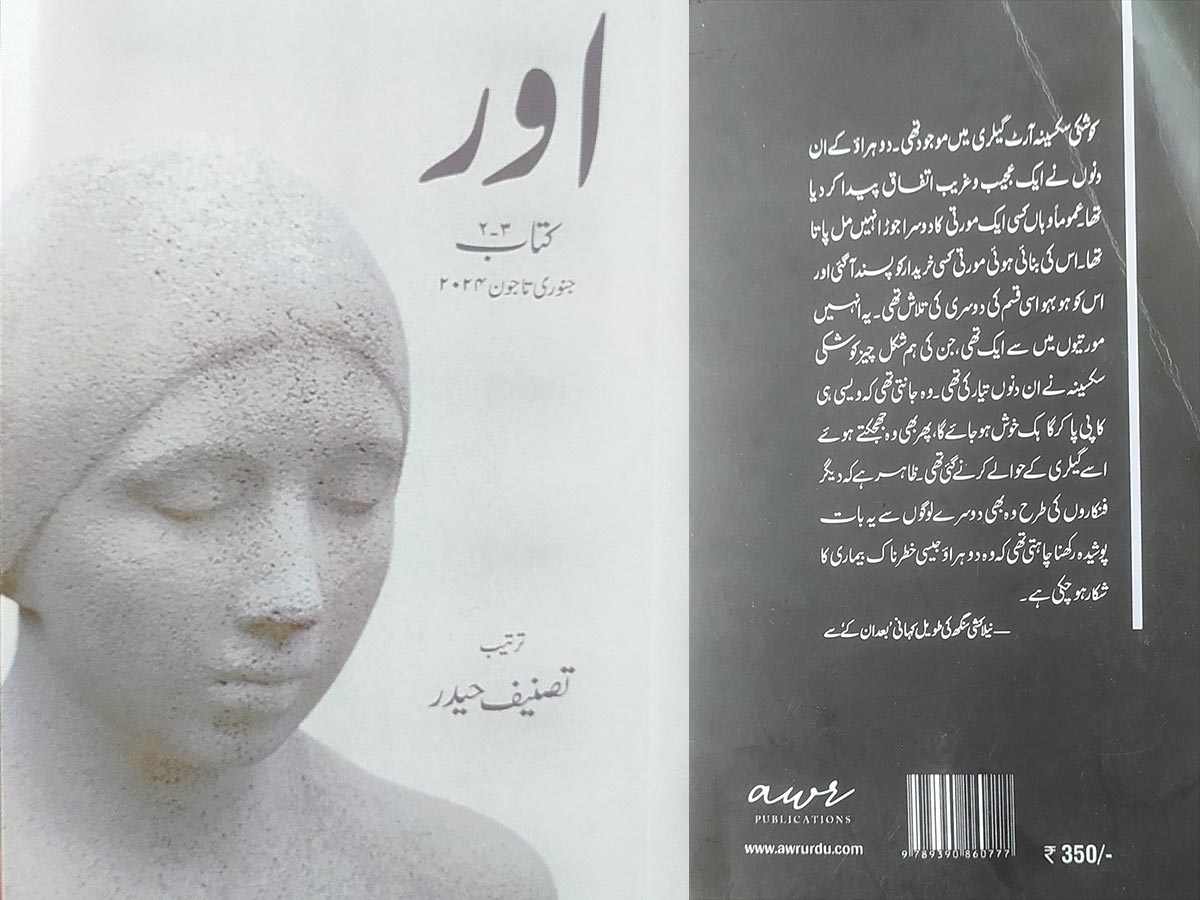
Writing expresses or conceals; it liberates or incarcerates; it is an escape from reality or a dive into the truth. These are the unceasing questions that writing, the constitutive trait of the human mind, stirs up.
Philip Roth once described writing as humiliation, a daily humiliation that resembles baseball in which one fails two-thirds time. For Thomas Mann, a writer is someone who is writing more difficult than it is for other people. Writing is also viewed as resistance, and Milan Kundera believes it draws heavily on the wisdom of Uncertainty. Manjula Narayan dubs it torture; writing spells out the glory and perils of exploring the world where no one possesses the final truth. It means thinking that draws up the creative process. Postmodernism declares that the Writing writes, not the author, as it is the language that speaks, not the speaker. Much has been expended on Writing and the creative process, and it still touches on poets, authors, and readers alike. How does one write? Is it a spontaneous or delayed effort that is well-considered? What motivates the author to map existence by exploring human possibilities?
A new Urdu literary periodical, “Aur” (volumes 2-3, 2024), poses these questions to several Urdu and Hindi authors and poets from France, India and Pakistan. Tasneef Haider, the editor, inserted intriguing answers and creative outpourings of these authors together in the latest issue.
It looks incredible that a French speaker has written three novelettes and one collection of short stories. The author is Julien Columeau, whose writings appeared prominently in Ajmal Kamal’s reputed literary journal Aaj (Karachi). Columeau candidly describes his writing concerns and motivation:
“Writing tries to demystify the transparent world. The world leaves me startled, and I find it mysterious. I try to understand it through Writing. Innocence is a must; a child looks at the world, and many questions crop up, but he gets no answer. It produces a sense of wonder that keeps him alive. The artist, too, tries to retain it, and the real world becomes unreal and full of wonders. The planet transforms into a riddle; if you solve it, it loses its elegance and allurement”.
Elucidating the craft of storytelling, he admits, “The stories reverberate with a distinct voice always held me captive, and I tried to emulate this pattern. I let the character or narrator tell the stories in their language.”
A promising Hindi fiction writer, Nelakshi Singh, whose two novels and two collections of short stories won widespread critical acclaim, explains how she writes and says, “It is not possible, to sum up, the creative process in an absolute and plausible manner but Writing is not a free-spirited impromptu activity, and I always try to defer it a moment till the urge for committing to pen runs out completely. It provides me with an opportunity to view my thoughts objectively. When I give up Writing, suddenly, an image emerges from the recycle bin of the memory, and it surfaces and hangs up frequently, and the writing process begins. Reality wrapped in various layers makes its elemental element indistinguishable.
For Neelakshi, dialogue is the most crucial component, and she lets the characters speak amid silence by evoking body language and other gestures. The effect must not be inferior to verbal utterances.
Zakia Mashaadi, the celebrated Urdu fiction writer, avers that she picks up the topics that directly and simultaneously affect intellect and emotions.“It is not essential that the themes have negative connotations as life is dotted with much beauty, compassion, mercifulness, generosity, and innocence.
The deprived people, too, desire to give; it all fires my imagination,” she adds. I select effortlessly, but rejection denotes a conscious effort. She affirms reputed Hindi writer Krishna Sobti, who perceptively explained what a writer is supposed to do says, “I believe that neither writer fights his own battle nor he produces an account of his pains and pleasures. The writer must grow and wage war against every period and atmosphere, he has to confront strengthening and fading relations, division and multiplication of relations, gaps and decisions of history.”
Shahnaz Rehman, a promising short story writer and critic, pays no heed to events but turns attention to those happenings that create an illusion of reality. I deliberately avoid direct expression; whatever comes to mind must not be expressed candidly, but a part must be held back. Everyday place observations and generalizations hardly appeal to me; instead of rolling out minute details, I narrate laconically only those aspects that shape the story.”
Zahid Imroz, a distinguished Pakistani poet, describes the world as a multi-sensory metaphor that ushers in all that brings our life of desire and angst into existence. Writing itself is a sort of abstraction, and one should find meaning that surfaces and subsumes between existence and non-existence. The poem must not be one-dimensional and narrative bereft of–metaphor. Language should explore new layers of thinking and sensitivity that transform familiar into unfamiliar and sacred into unsacred; it should acquaint us with what has not been said.
Collective denial and widespread destitution prompts poet Atika Maheen to commit to paper. She says that the frequent use of “I” refers to the narrator and hardly affirms the presence of self.
Seldom do Urdu periodicals give space to such a perceptive and pulsating debate and restrict themselves to publishing an assortment of pedestrian articles and listless creative writings. However, Tasneef Haider did well to carry the memories of a Joram Yalam Nabam (Arunchalpardesh), a story by Khalidul Khameesi (Egypt) and stories by Zakia Mashaddi, Neelalshi Singh,Julien Columeau, (France), Shahnaz Rehman and poems by Zahid Emroz and Atika Maheen. Akash Arsh rendered Amtoj’s Punjabi poems into Urdu. Ahsan Ayub, Usama Zakir and Tasneef Haider produced translations that read well.
Abhinandan Pandey and Palav Mishra’s ghazal betrays a distinct sensibility wrapped in a new idiom.



